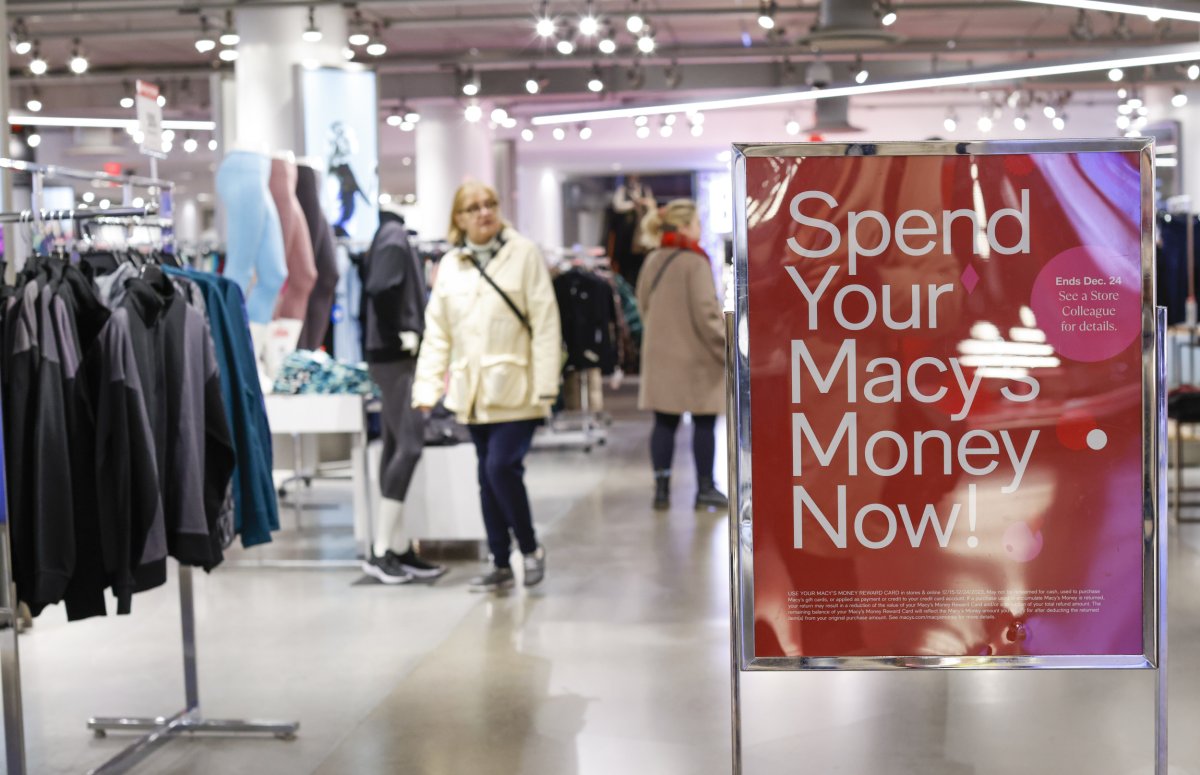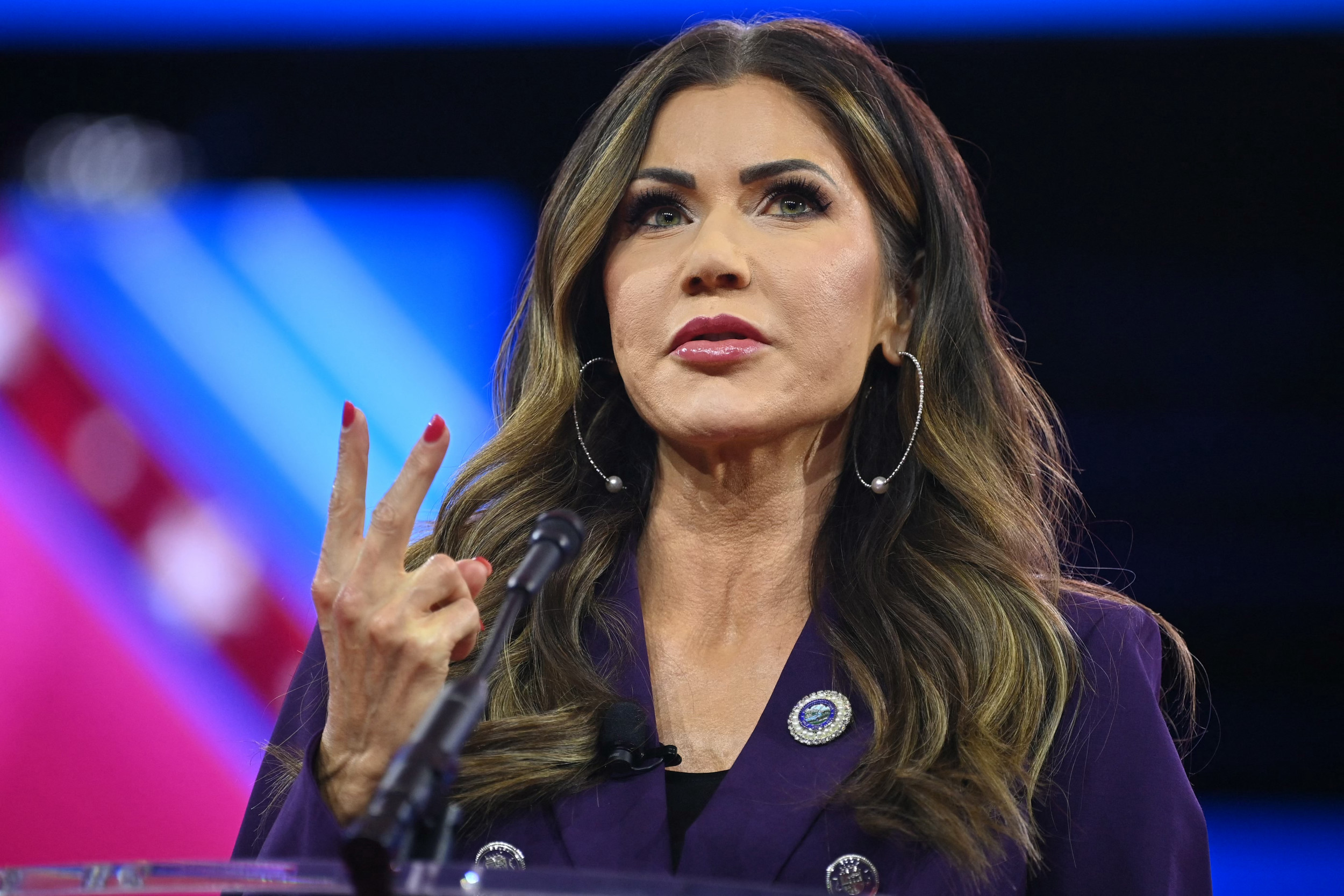The personal income of Americans ticked up slightly in February, according to the U.S. Commerce Department's Bureau of Economic Analysis (BEA) on Friday, while their spending also increased even as prices remain elevated.
Last month, personal spending jumped by $66.5 billion, an increase of 0.3 percent from the prior month. Meanwhile, disposable income, which is income minus taxes, also saw modest improvement of about $50 billion, a 0.2 percent jump from January. Personal consumption expenditures (PCE) also saw a boost of nearly 1 percent, which amounted to $145.5 billion.
"The increase in current-dollar personal income in February primarily reflected increases in compensation and personal current transfer receipts that were partly offset by a decrease in personal income receipts on assets," the Commerce Department said in a statement.
Americans continuing to spend their money, however, comes amid high inflation for the month. PCE inflation accelerated by 0.3 percent, a tad slower than January's 0.4 percent while on a yearly basis it rose to 2.5 percent in February compared to 2.4 percent the prior month.
But higher prices, which analysts point out that on a three-month moving average rose at a 3.4 percent annualized rate in February, failed to slow consumers' penchant for spending.
The real consumer spending rose by 0.4 percent, "the strongest pace since December," Diane Swonk, KPMG's chief economist, said in a note shared with Newsweek.
"Back then, consumers were draining savings to cushion the blow of inflation. Now, the mood appears to have shifted to sustain robust spending, despite the crimp of higher rates and the persistence of high price levels," she said.

Americans spent on cars and travel, data from the BEA showed.
Read more: Compare the Best Travel Credit Cards
"Another notable increase was a surge in spending on mass transit. It was the strongest monthly pace since September 2020. That suggests that people were returning to urban centers as they traveled, even as the return-to-work figures plateaued," Swonk pointed out.
What the February data also revealed was that Americans are saving a little less, with spending outpacing income, EY senior economist Lydia Boussour pointed out.
The personal savings rate fell to 3.6 percent, a 0.5 percent drop in February from the previous month, in what was the lowest point in more than a year.
Read more: Find the Right Type of Savings Account
"The savings rate remains well below the pre-pandemic average of 7.4 [percent] in 2019. This is a gauge to monitor closely and a sign that some consumers may be stretching their finances, especially lower-income households feeling the pinch of inflation and higher interest rates," Boussour said in a note shared with Newsweek.
Boussour added that while the 0.8 percent jump in earnings, the largest in a year, helped to spur spending, other trends diluted the strength of that income.
"The strength in wages and salaries was offset by a sharp decline in dividend income, down 3.7 [percent], while social security benefits reverted to a modest trend," she said. "Higher taxes took a bite out of this income so that disposable income rose 0.2 [percent]."
Meanwhile, elevated inflation reduced the purchasing power last month leading to a decline in real disposable income declined.
"The soft February print translated into a notable slowdown in the annual pace of real disposable income to 1.7 [percent on a yearly basis] – its slowest pace since December 2022," Boussour said.
What the Outlook Means for Rates
The PCE inflation reading is a key metric for the Federal Reserve as it determines whether it has won its battle against prices and begin to cut interest rates. The central bank went on a hiking cycle beginning in March 2022 to try and control soaring inflation, which by the summer of 2022 had hit four-decade highs.
At their recent meeting this month, policymakers held interest rates at the 5.25 to 5.5 percent range for the fourth consecutive time, citing persistent inflation above their 2 percent target as a reason to keep rates at their current levels. High borrowing costs have made the cost of loans expensive across the economy, including for homes, automobiles and business investment.
The February PCE reading points to a trajectory, as signaled by The Fed, of rate cuts beginning at some point this year, according to analysts.
While energy prices may have helped to push up PCE inflation a little higher, what experts call "supercore" numbers, which exclude energy and housing costs showed prices cooling.
Supercore PCE jumped by 0.2 percent in February, a much slower acceleration than the prior month's 0.7 percent. Compared to a year ago, supercore PCE inflation slowed to 3.3 percent from 3.5 percent, the coolest since March 2021, according to Bill Adams, chief economist at Comerica Bank.
"The continued moderation of Supercore PCE Inflation keeps the Fed on course for a first rate cut at one of their next few decisions," he said in a note shared with Newsweek.
Uncommon Knowledge
Newsweek is committed to challenging conventional wisdom and finding connections in the search for common ground.
Newsweek is committed to challenging conventional wisdom and finding connections in the search for common ground.
About the writer
Omar Mohammed is a Newsweek reporter based in the Greater Boston area. His focus is reporting on the Economy and ... Read more
To read how Newsweek uses AI as a newsroom tool, Click here.








